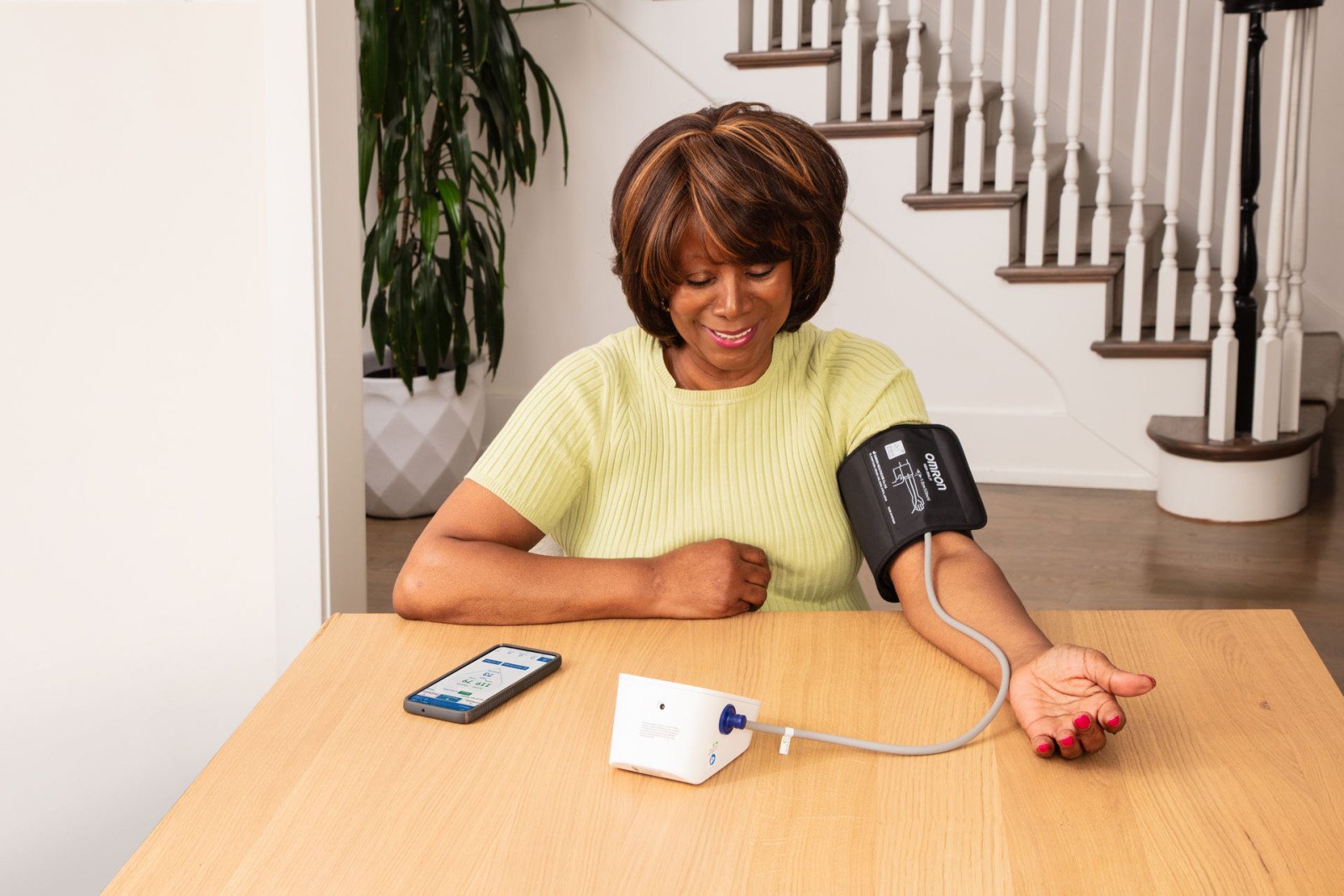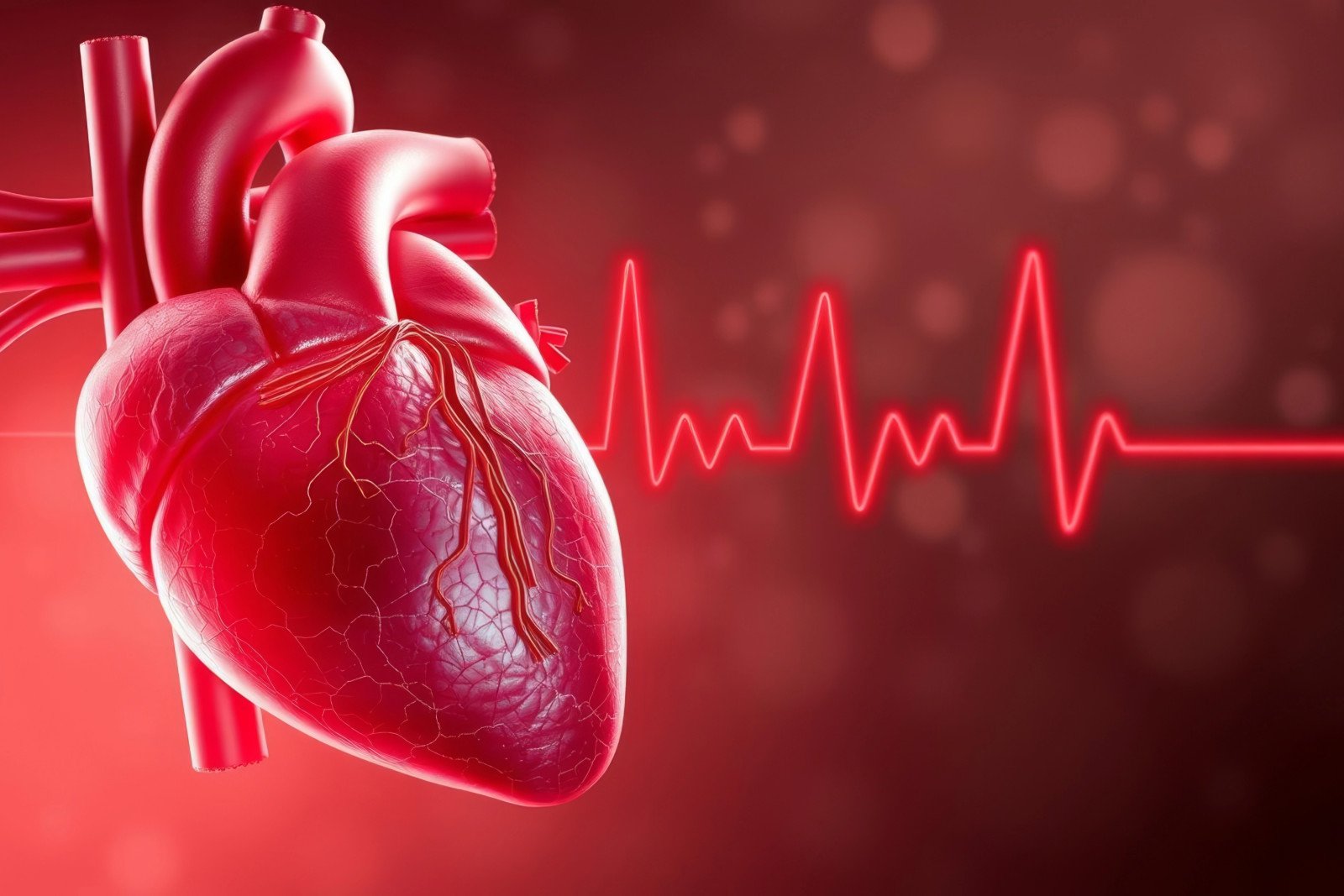Are Digital Blood Pressure Monitors Accurate?
Regular home blood pressure monitoring is one of the best ways to stay informed about your heart health, especially if you have hypertension or are at risk of developing it. Choosing the right monitor - preferably a clinically validated, upper-arm device - ensures you’re getting accurate and reliable readings you can share with your doctor. OMRON offers a wide range of FDA-cleared monitors designed to help you confidently track your blood pressure at home.
Read more about Are Digital Blood Pressure Monitors Accurate?













